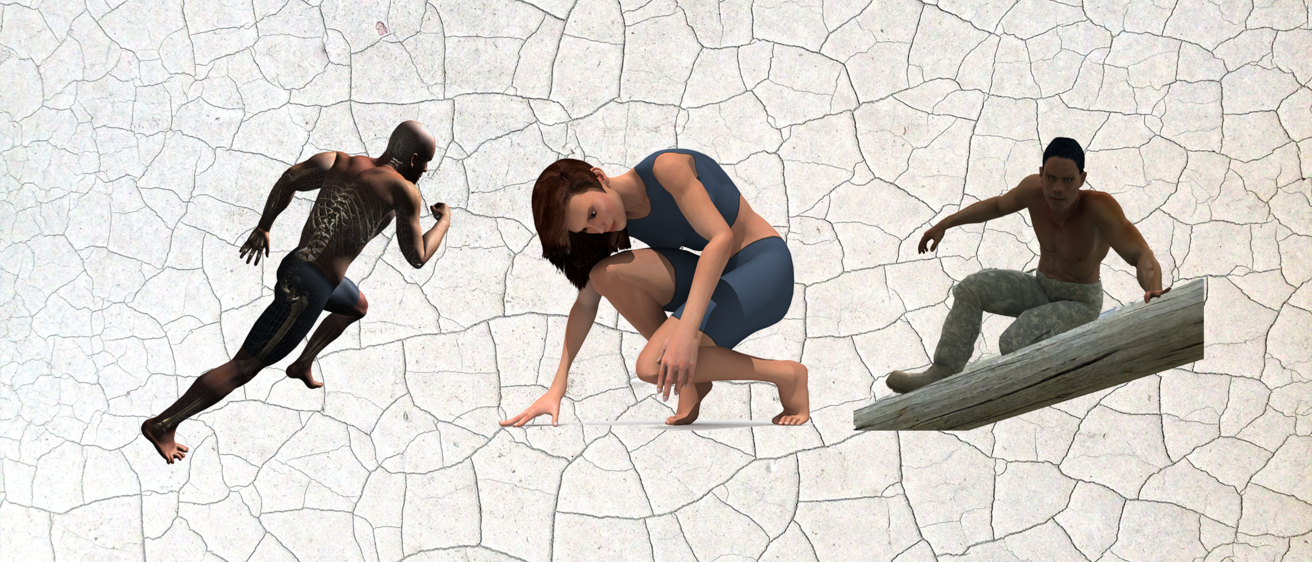Main navigation
The annual Iowa Virtual Human Summit provides a forum for subject matter experts in the field of virtual human modeling and simulation to reveal their latest innovations, highlight the state of the art in the field, describe technical gaps and needs from a customer perspective, and form new relationships to advance the application and utility of virtual humans.
Goals
- Identify and evaluate existing capabilities and opportunities.
- Identify specific challenges and priorities related to R&D, training, operations, acquisition, and test & evaluation.
- Discuss new developments in the field and novel applications of virtual humans.
- Discuss need for improved definitions, standards, and measurements.
- University of Iowa facilitates Department of Defense-wide conversations to enhance human behavior modeling and simulation.
Benefits
- Build relationships between academia, industry, and agency officials across services.
- Provide modeling and simulation tools for use and evaluation by future customers.
Why Iowa?
America's heartland has been at the forefront of digital human modeling and simulation for decades. ITI is based at the University of Iowa within the College of Engineering. Over its nearly 40-year history, ITI—formerly Center for Computer-Aided Design—has established itself as a leader in the field of human modeling and simulation led by ITI Director Karim Malek, a world-renowned expert in robotics and biomechanics.
ITI is home to Santos, a virtual human physics-based simulator, and female counterpart Sophia. The duo offer "digital twins," or a virtual replica of individuals for training, acquisition, and injury prevention purposes. Santos and Sophia have proven valuable over numerous tests of new equipment and processes for the Department of Defense, industry, and other entities, to save time and money while improving safety, efficiency, and productivity. Virtual modeling and simulation provide a cost-effective method for testing product design before development begins and facilitate training on procedures.
A Closer Look at Santos and Sophia
Santos and Sophia are visually realistic, biomechanically accurate, high-fidelity digital human models – male and female – that allow the testing of human capabilities in imported CAD environments of objects, vehicles, and scenes. The models can interact with the environment and contain a large set of analysis tools for ergonomics and human factors as well as exploring countless trade-off scenarios.
The unique advantage of being a physics-based modeling and simulation platform is that it allows for cause and effect. Asking Santos to carry a specific load for an extended time, for example, will lead to fatigue calculations, energy expenditures, and an estimate of hydration levels. Adding more gear and equipment will render a restricted mobility, while adding advanced PPE armor will increase survivability.
Developed in 2003 by the Virtual Soldier Research Program (VSR), a research center at the Iowa Technology Institute, Santos and Sophia stand apart from other human models because of a suite of interconnected, real-time, validated, physics-based, predictive capabilities, as well as the foundation they provide for the most comprehensive multi-scale digital human. The use of these novel optimization-based modeling and simulation techniques allows ITI's digital humans to predict how and why humans perform.
